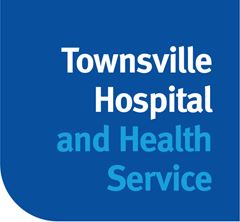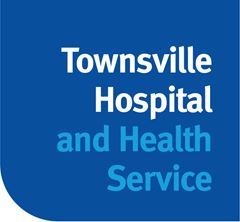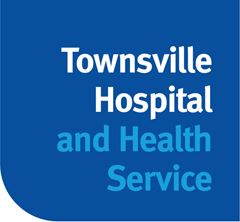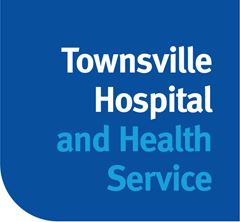Title Page
-
Site conducted
-
Document No.
-
Conducted on
-
Prepared by / FSA
-
Site / Unit Contact
-
Address
-
Unit / Department
Evacuation Practice
Date & Time
-
Date conducted
-
Time started
-
Time finished
Desktop Drill Questions
-
It is 09:00 on a Monday and the fire alarm has been activated, what action/s do you take?
-
How do you know in which area the alarm was activated?
- Alarm activation in the area.
- PA announcement states location.
- Detector will indicate with red LED.
-
Explain Cascading Alarms.
-
What is the responsibility of the units Emergency Coordinator during a fire or evacuation (if applicable to facility)?
- Manage the overall emergency.
- Liaise with QFES.
- Communicate with Emergency Officers.
-
What is the responsibility of the units Emergency Officer during a fire or evacuation?
- Attend ERS / equip red tabard & Emergency Response Cards.
- Implement RACE Procedure.
-
What does the acronym RACE stand for?
- Remove
- Alert
- Confine
- Extinguish
- Evacuate
-
How do we search an area?
- Systematic (e.g. clockwise).
- Mark searched areas (whiteboard marker, post-it, pillow, etc).
- Request assistant / deputy EO.
-
How can we alert / raise the alarm?
- Activate Manual Call Point.
- Use WIP Phone to contact EC.
- Call 222 (TUH only) or (0)000.
- Tell persons nearby.
-
When checking the area for signs of smoke and fire, you come across a shut door. What actions should you take?
- Do not open.
- Check for heat.
- Ask if anyone is in the room.
- Warn others.
- Raise the alarm / inform EO/EC.
-
When checking the area for signs of smoke or fire you find a small fire in a rubbish bin in the printer/storage room. What action/s do you take?
- Extinguish - if safe to do so.
- Use any fire extinguisher, hose reel, fire blanket, water, etc.
-
If the rubbish bin caused the printer beside it to catch fire, what is the best type of firefighting equipment to use on it and why?
- Danger of electric shock.
- CO2 Fire Extinguisher
- DCP Fire Extinguisher
- Water Fire Extinguisher
- Foam Fire Extinguisher
- Hose Reel
-
Explain "If safe to do so".
-
Name the different fire extinguishers types and how they can be identified.
- Water - all red
- Foam - blue band
- DCP - white band
- CO2 - black band + nozzle
- Wet Chemical - orange
-
What dangers are specific to a CO2 fire extinguisher?
- Frostbite
- Suffocation in confined space.
-
What does the PASS acronym stand for in relation to fire extinguisher use?
- Pull
- Aim
- Squeeze
- Sweep
-
Where is the nearest assembly area for this unit ? (Are staff aware ?)
-
Location:
-
THHS has 3 stages of evacuation. What is a stage 2 evacuation and what does it involve?
- Lateral evacuation to next fire compartment.
-
How do you know if all the staff have evacuated the area?
- Conduct headcount.
- Use staff roster.
- Use patient list.
- Visitor / Contractor sign-in book.
-
What information do we provide in a handover to QFES / EC?
- Persons evacuated.
- Persons missing.
- Location of the emergency.
- Type of the emergency.
- Any other dangers (e.g.: gas bottles, equipment, etc.).
-
How do you know when it is safe to re-enter the affected area?
- QFES will give the "All Clear!".
Findings and Recommendations
-
What are the positives of the practice?
-
What are the negatives of the practice?
-
Comments/Recommendations:
-
Add photo of Attendance Record









